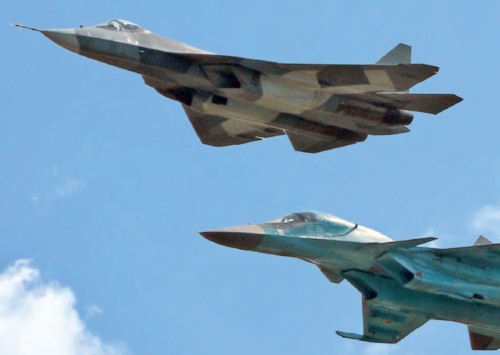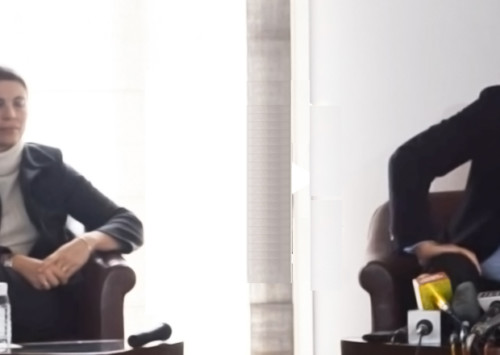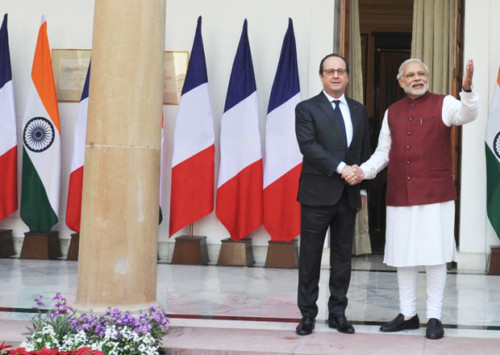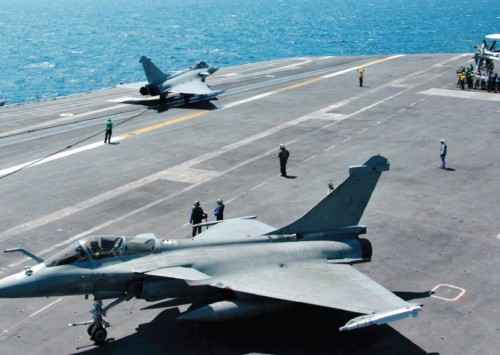Rafale deal finally in the bag
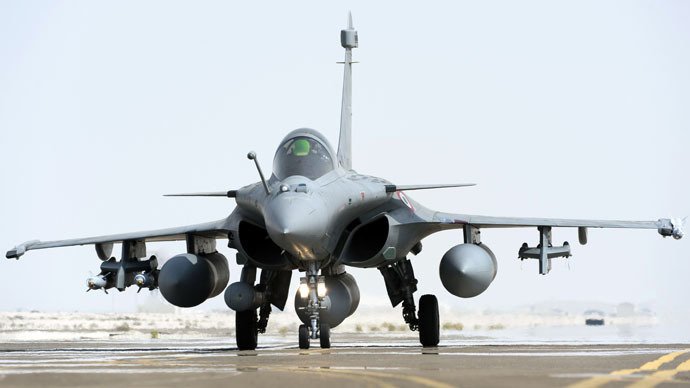
With airborne control systems, the Rafale can hit enemy targets while staying out of range of their fighter jets and can also provide the additional firepower if needed
After years of negotiations, India and France have finally agreed over a deal for 36 Rafale fighter jets that will be delivered to the Indian Air Force (IAF) in full flight condition by the French aircraft manufacturer Dassault Aviation. The procurement was important for both the countries that are expanding their strategic partnership.
After a decade-long quest by the Indian Air Force (IAF) to fill some critical gaps in its capacity in terms of combat and defence, India and France have finally agreed upon the terms and conditions for the purchase of 36 Rafale jets for around EUR 7.8 billion, that includes weapons packages, associated supplies and logistics.
The Rafale is a Multi-role Combat Aircraft (MRCA) manufactured by the French firm Dassault Aviation. The deal was important for both the nations as India has a shortage of combat aircrafts and has to upgrade the quality of the existing fleet, and the French have to boost their Rafale exports in order to maintain production capacity.
The contract will formally be signed by the Indian and French defence ministers on September 23, 2016 in New Delhi.
Two Rafale deals since 2012
In April 2015, Indian Prime Minister Narendra Modi had announced the intention of buying 36 Rafale fighters in ready-to-fly condition. A Memorandum of Understanding (MoU) in January this year was hence signed during French President François Hollande’s visit to India, stating that there are some financial issues that will be sorted out. Since then, the finalisation of the contract proved lengthier than expected.
Dassault had won the tender for the jets in January 2012, but had been locked in negotiations with the Indian government over the technical details and price negotiations ever since.
Although the deal was originally proposed to be for 126 aircrafts worth EUR 18 billion, the final agreement settled for 36 jets. France initially offered EUR 11 billion for 36 Rafales but India continued to negotiate to bring down the prices to EUR 8 billion.
Twin-engine MCRA – A collection of combat roles
Rafale is a technological jewel that can be very useful to the IAF. Dassault agreed to make India-specific modifications to the planes, allowing the integration of Israeli helmet-mounted displays. Additionally, an air-to-air missile with a beyond-visual-range of over 100 kilometres and air-launched cruise missile with a range of over 560 kilometres, will also be provided with the Rafales. Both the additions will significantly improve the reach of the IAF, allowing them to shoot deep into enemy airspace without crossing any international borders.
With airborne control systems, the Rafale can hit enemy targets while staying out of range of their fighter jets and can also provide the additional firepower if needed. It can fly at speed of over 2,000 kilometres-per-hour to evade enemy missiles with superb manoeuvrability.
However, the deal does not have a ‘Make in India’ component, as was the case in the MMRCA project, it does have the 50 pc offsets clause to ensure France will have to plough half of the actual contract value back into India.
This long due contract will cement India and French defence and strategic partnership, ranging from common military exercises to air force, naval and anti-terrorism cooperation.

